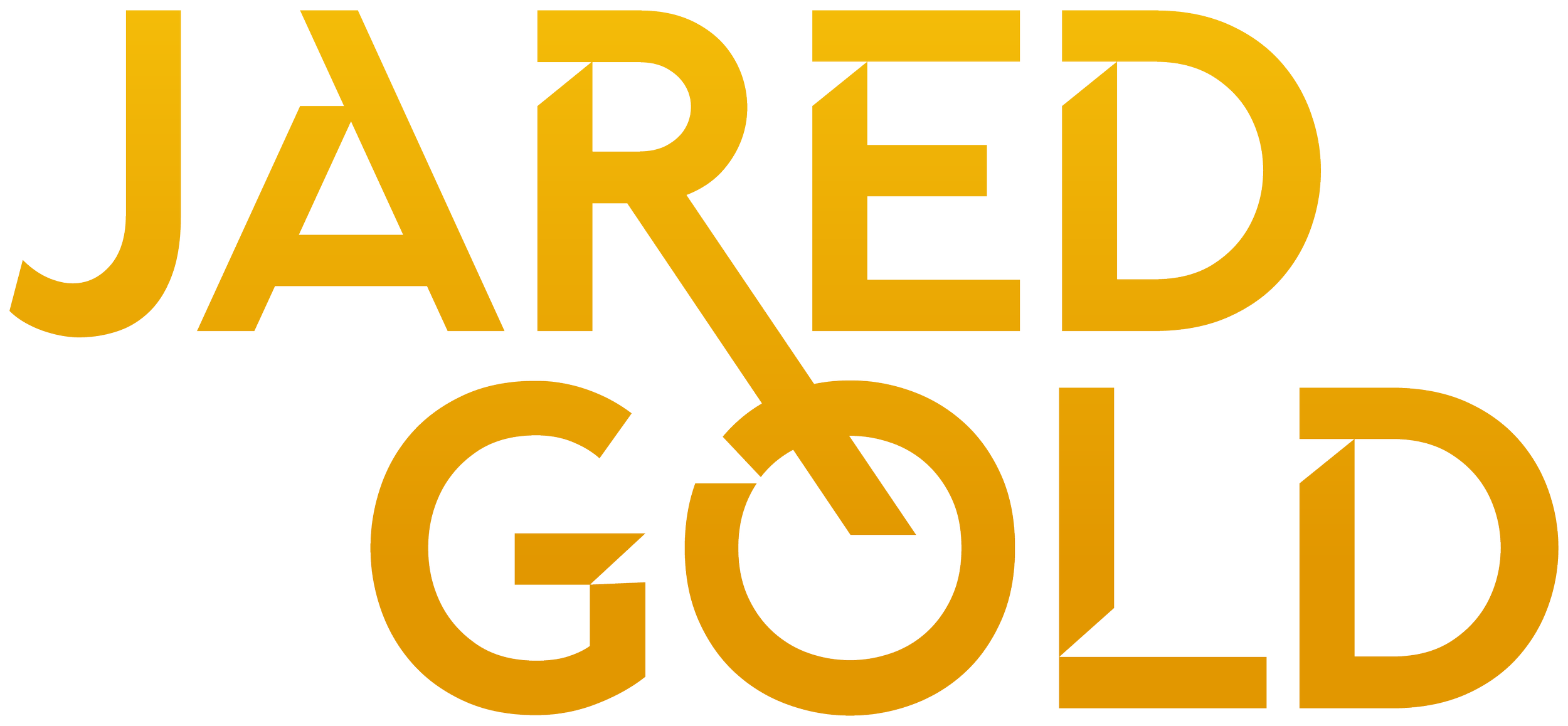Introduction
PurposeCards were designed to be “journaling for the rest of us.” Take 60-90 seconds to fill out the front (sun) side in the morning, the back (moon) side in the evening, and store it back in the box.
why + Thought process
PurposeTab was getting some traction, but I had no idea how to monetize (especially inexpensively). I felt before I tried to monetize that, it would need at least 10x more weekly active users.
I also was thinking that analog tools, specifically pen + paper, are still underrated. Sure I liked PurposeTab, but I wasn’t always at my computer.
I wanted a minimalist “roadmap” to a successful day. I could journal, but those are too clunky to lug around. Guided journals, in addition to being hard to lug around, are a bit too type-A / structured.
So I designed PurposeCards to be super minimal, portable, and with just the right amount of structure.
Being the size of a credit card made them super easy to just put in one’s wallet and fill out or reference at any time.
I also really liked the consumable nature of the cards; so if we were successful, this would be like recurring revenue.
Results
I was able to successfully pre-sell ~$700 in units at first with just a basic website and some nice mockup images.
I wanted to launch this as a B2B product (e.g. corporate gifting), but my business partner at the time was very adamant to launch it as a Kickstarter, which I agreed to.
I delayed the initial Kickstarter launch to ship prototype units to numerous influencers that I prospected. I reached many of them and was able to ship them prototype units in time for the planned Kickstarter launch. We received good feedback, but it didn’t take off unfortunately.
We chose to launch the Kickstarter at the start of COVID, because we figured that at a time of such mania, people would really value a tool like PurposeCards.
Our Kickstarter ended up yielding just under $3,000 in pre-sales, but that fell far short of the $20k goal, so the entire endeavor was tabled. I set the $20k goal, as that would have financed premium branding/design and high-end custom packaging, while also leaving some room for margins after a first small-batch run.
My business partner on PurposeCards was a very successful entrepreneur, whose business was unfortunately decimated by the pandemic in a way that was completely out of his control. He’s a great marketer, which is one of the reasons we decided to partner up on this. COVID forced his main business into complete survival mode, and he was (rightfully so) unable to dedicate further time to helping the PurposeCards launch (which again, I completely understand).
Skills learned
Brand creation and positioning
Sketching and creating a physical product
Sourcing vendors to produce a prototype
Launching a pre-sales mechanism
Launching a Kickstarter (and filming a Kickstarter video)
Testing an “influencer” launch program early on
Looking back - what would I have done differently?
My business partner at the time wanted to launch on Kickstarter. I was never interested in a DTC business, but was more excited about the 1:many possibilities of being a prominent corporate gifting product. I didn’t care about selling one or two units every 3-4 months to an individual consumer (and dealing with tons of tiny interactions). Instead, I was far more excited about selling 500 - 10,000 units in one fell swoop to a company or organization and really building deeper relationships that would be easier to manage and far more lucrative.
I don’t necessarily regret launching the Kickstarter campaign during the exponential rise of COVID. I didn’t want to cancel the launch, and I figured it wouldn’t necessarily end anytime soon once the spread started. It was a reasonable hypothesis to think people would have wanted something like this.
I have a bit of regret in terms of not pushing harder for this to be a B2B product like I initially wanted it to be. If the Kickstarter campaign was successful, it would have only furthered the case for building a DTC business, which again - I was not interested in. This of course doesn’t mean that PurposeCards would have been successful in the B2B or corporate gifting route, but of course part of me wonders “What If?”.
I think my business partner and I worked pretty well together overall, but I still believe I could have been firmer in setting expectations around communication and responsibilities.





